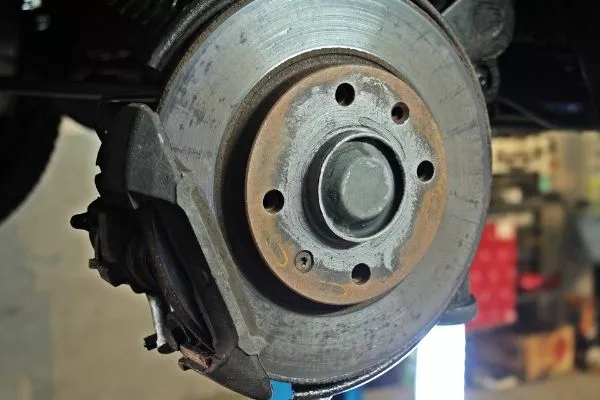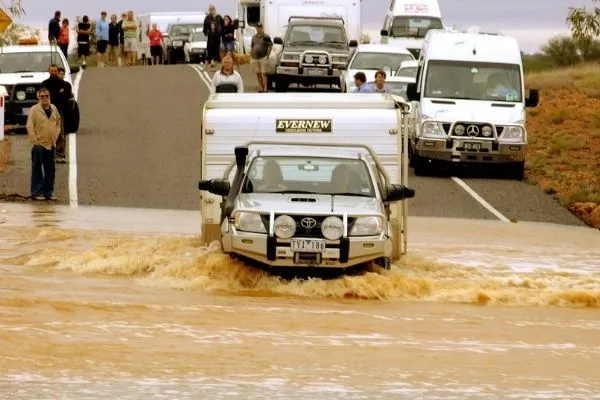Few occasions illustrate just how valuable (and vulnerable) brakes are than the rainy season. With heavy torrential rains come the inevitable flooding, especially on city streets.
In your rush to get home away from the combined madness of traffic jams and zero visibility, you might have driven through a particularly flooded street, only to be gripped by momentary panic as your brakes fail to engage afterward. Should you worry?
![Water and brakes don't make a very good combination when you're driving [Photo: Shootthedevgru] Driving through flood](https://img.philkotse.com/temp/2024/07/27/untitled-design-4ccd-af19.webp)
Water and brakes don't make a very good combination when you're driving [Photo: Shootthedevgru]
First, it’s important to note that brakes work on the basis of friction. Whether your vehicle uses older drum brakes or newer disc brakes, the principle is the same.
Simply put, stepping on the brake pedal causes the brake pad or brake shoe to press against the moving disc or drum on the wheel hub. The resulting friction from the surface-to-surface contact slows down the wheels spinning motion, reducing the vehicle’s speed.
>>> Related: What is a hydrolocked engine & How to deal with it?

Brakes use friction to regulate the wheel hub's movement
The whole process works only as long as both surfaces are dry. Adding water to the mix reduces the friction from the two hard surfaces rubbing against each other. When that happens, the brakes are no longer as effective in slowing down or stopping the vehicle.
When you suddenly speed up after driving through a flooded street, or if you just had your car washed, chances are your car’s stopping power is compromised, putting you and other road users in danger.
A number of cars today are equipped with a brake disc wipe. When the windshield wipers are activated, the anti-lock brakes apply slight pressure to the pads in regular intervals, removing accumulated layers of water on the brakes without needing to reduce vehicle speed.

Avoid driving fast on floods, especially after emerging from one
If your car doesn’t have this feature, you can dry the brakes manually by applying gentle but steady pressure on the brake pedal after driving through a flood, while keeping the car in low gear. Avoid slamming the brakes as other motorists behind you will react accordingly, otherwise you might find yourself the victim of a rear-end collision.
Find more safe driving tips at Philkotse.com.
Recent posts
- 14 safety tips when you have to drive in heavy rain Aug 16, 2022
- Safe driving: Headlight tips when it comes to rainy season Aug 16, 2022
- 4 rules that every Filipino driver should know about braking Aug 09, 2022
- Is your car suspension ready for the rainy season in the Philippines? Sep 05, 2018
- How to drive safely in heavy rain: 5 essential tips Dec 05, 2017












